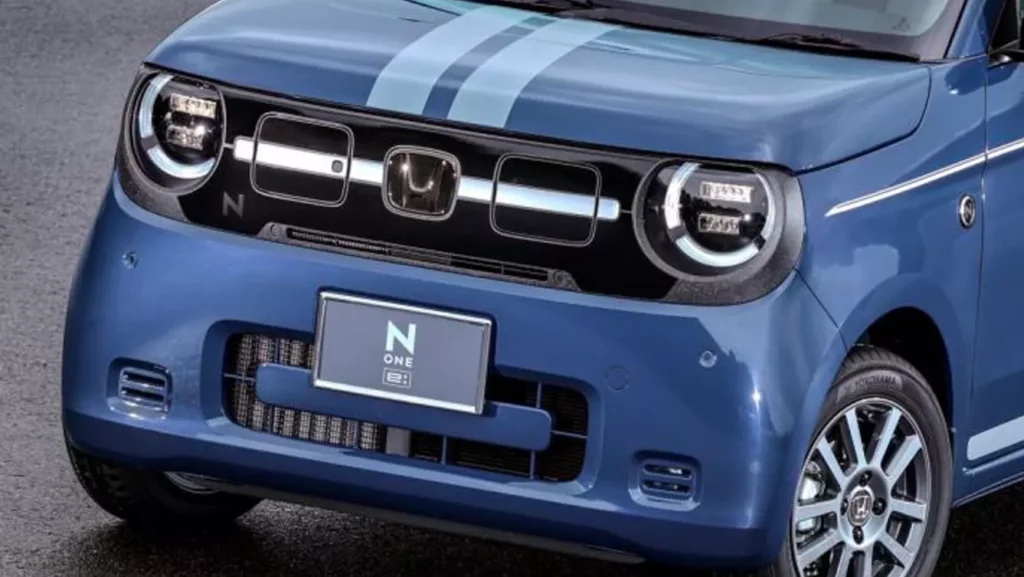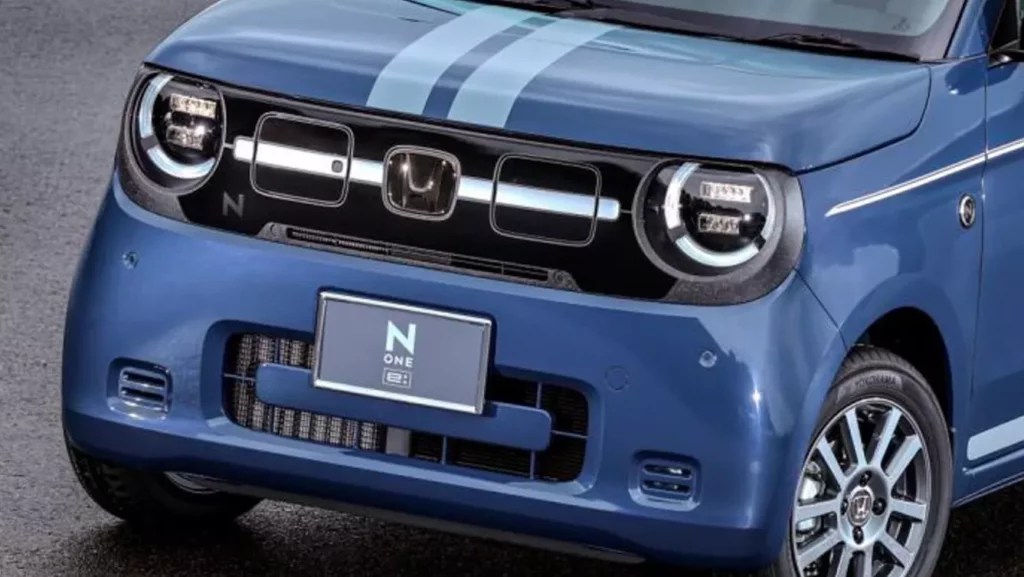
- Honda has revealed its smallest electric car, the N-One e:.
- The tiny EV can be used to power a home or other devices.
- Its single electric motor is expected to make 63 hp (47 kW).
It may be small in size, but Honda’s cute N-One e: prototype made a big splash at this month’s Goodwood Festival of Speed even if it didn’t make a lot of noise in the process. Now, the production version of this pint-sized electric car has made its official debut in Japan.
var adpushup = window.adpushup = window.adpushup || {que:[]};
adpushup.que.push(function() {
if (adpushup.config.platform !== “DESKTOP”){
adpushup.triggerAd(“0f7e3106-c4d6-4db4-8135-c508879a76f8”);
} else {
adpushup.triggerAd(“82503191-e1d1-435a-874f-9c78a2a54a2f”);
}
});
Related: One Cheap Adapter Unlocks A Huge Perk For Acura And Honda EV Owners
An electric kei microcar, the N-One e: is a slab-sided, high-roof, boxy city car with a friendly robot-like face and tiny wheels that make it look cute and gawky at the same time. Unlike the Goodwood car, which featured fender flares, the Japanese version goes without to ensure it complies with the kei rules that govern everything from external dimensions to power outputs.
Built for Kei Compliance
So although Honda hasn’t revealed much in the way of technical spec, we can be sure it measures less than 3,400 mm (133.9inches) long and produces no more than 63 hp (64 PS / 47 kW) from its single electric motor.
Its electric hardware is almost certainly shared with the taller N-Van e: revealed last year, which Honda claimed could travel 152 miles (245 km) on a charge – the N-One will eke out a few more miles than that. The N-Van accepts 50 kW DC charging, which is slow, but the small battery can be charged in around 30 minutes.
Simple, Practical Interior With Smart Touches
The N-One’s interior looks simple, but not totally basic, and we like the fact that there are plenty of physical buttons and a rotary volume dial on the media screen. The transmission selector on the console looks much like the one on Hondas familiar to us in Europe and the US, and a simple button to the right allows the driver to easily engage a one-pedal mode.
A shelf below the touchscreen provides an obvious place to leave your smartphone within easy reach of the charging port (no wireless charging here) and the rear seats fold flat with a 50:50 split to maximize practicality. But the real headline feature is the V2L function that allows owners to use the N-One to power their homes during outages or other devices like electric bikes or laptops.
var adpushup = window.adpushup = window.adpushup || {que:[]};
adpushup.que.push(function() {
if (adpushup.config.platform !== “DESKTOP”){
adpushup.triggerAd(“bb7964e9-07de-4b06-a83e-ead35079d53c”);
} else {
adpushup.triggerAd(“9b1169d9-7a89-4971-a77f-1397f7588751”);
}
});
V2L Capability Adds Real-World Utility
To use V2L, owners will need to purchase an adaptor from Honda’s accessory catalog, which also includes a dash-top LED indicator to let you know how full the battery is and a sporty cosmetic kit with twin Shelby-style stripes running front to back.
Japanese sales of the N-One begin this September, the same month Honda is expected to give the pint-sized EV its European debut at the IAA in Munich. Sadly, there are no plans to bring the car to the US.
var adpushup = window.adpushup = window.adpushup || {que:[]};
adpushup.que.push(function() {
if (adpushup.config.platform !== “DESKTOP”){
adpushup.triggerAd(“bb7964e9-07de-4b06-a83e-ead35079d53c”);
} else {
adpushup.triggerAd(“9b1169d9-7a89-4971-a77f-1397f7588751”);
}
});
